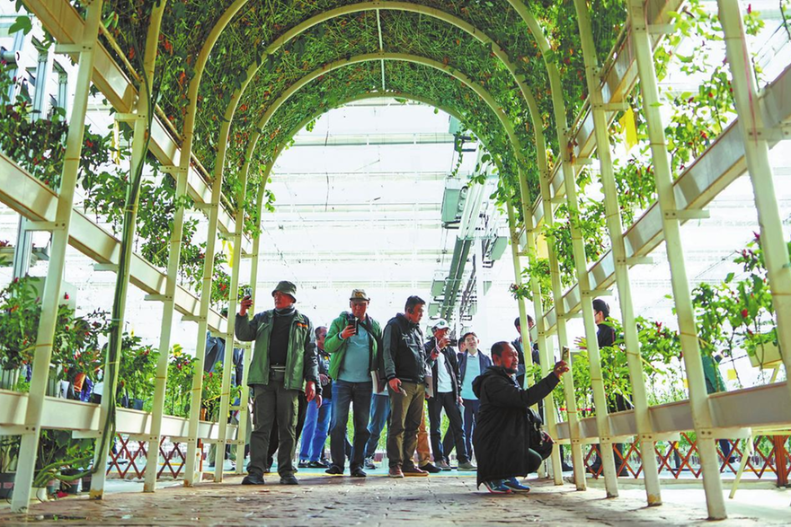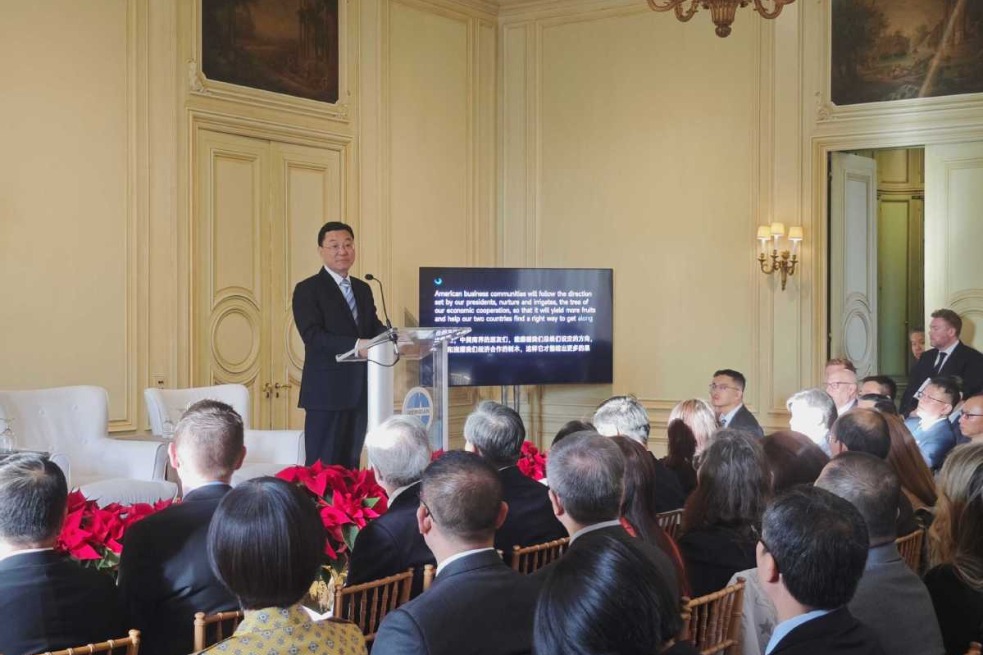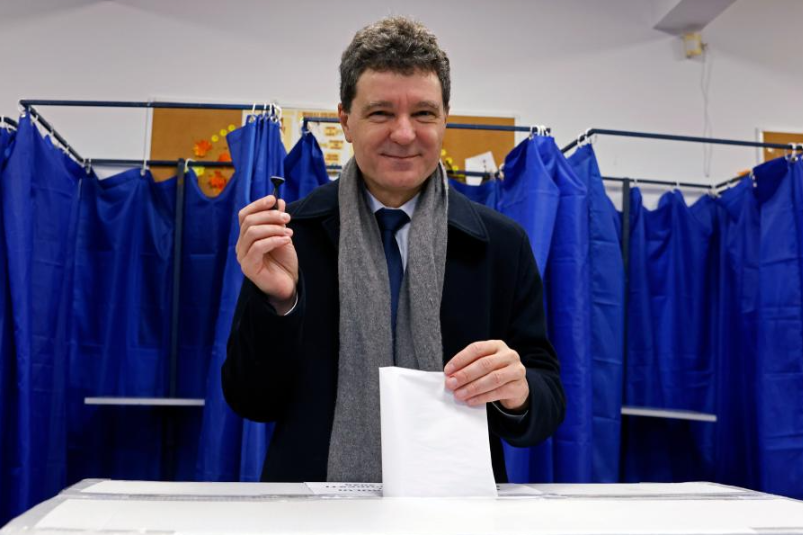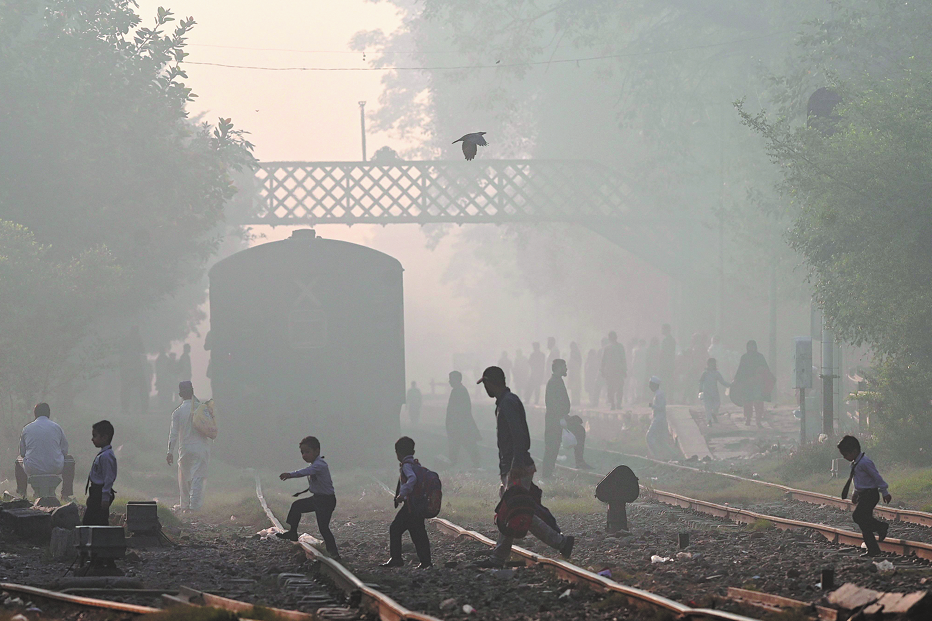Delhi chokes under toxic smog

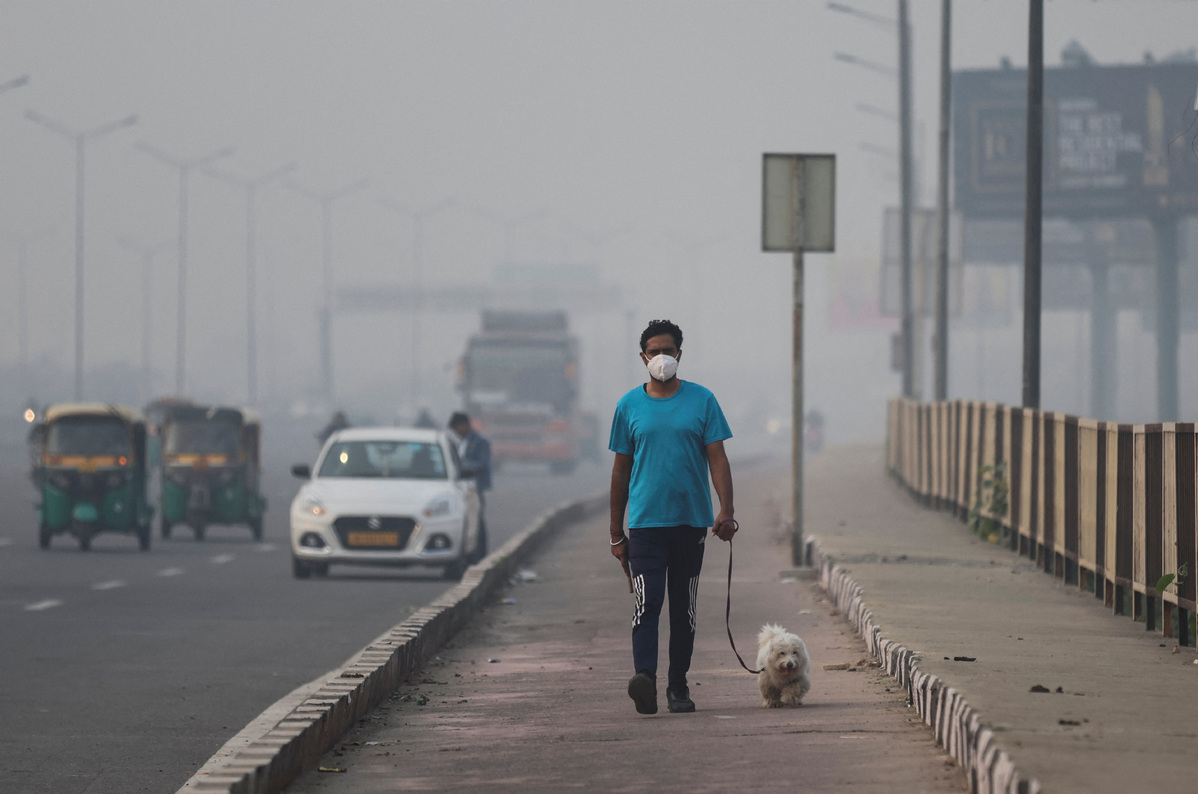
New Delhi and its adjacent areas have been engulfed in a thick layer of smog for the past seven days, prompting authorities to take drastic measures including the closure of schools and calling a halt to non-essential construction activity and truck movements.
Despite the several measures that have been put in place, the government is struggling to contain the worst haze and smog of this season, which is a catastrophe for India's capital and has become an annual blight.
Experts anticipate that the air quality will be aggravated further due to low wind speeds and the onset of winter, and have urged the government to immediately declare a health emergency.
On Nov 6, the air quality index (AQI) in Delhi stood at 471 and the city remains in the "severe" category, according to the System of Air Quality and Weather Forecasting and Research (SAFAR), a government project that monitors air pollution. It marked the fourth consecutive day that the capital recorded "severe" air quality.
Similar situations prevailed in the capital's outskirts, including in Ghaziabad, Noida and Gurgaon, triggering health concerns among the residents.
On Nov 3, the AQI hit 500 — the highest the measurement can go and 100 times the limit deemed to be healthy by the World Health Organization.
Arun Chandel, a taxi driver in central Delhi, complained that the haze was hurting his eyes and making it hard for him to breathe.
"Everyday, it is like that I am inhaling 15 to 20 cigarettes, poisonous smoke going inside my chest," said Chandel, who finds it difficult to stay indoors despite the smog as he lives hand to mouth and needs his daily income.
According to SAFAR, AQI between zero and 50 is considered "good", while a reading between 51 and 100 is deemed "satisfactory", between 101 and 200 is deemed "moderate", while 201-300 range is "poor", 301-400 "very poor", and 401-500 "severe". Beyond 500 is severe plus emergency.
On Nov 6, the Delhi government announced restrictions on use of vehicles from Nov 13 to 20, allowing vehicles with odd number plates to ply on odd dates and vehicles with even registration numbers allowed on alternate days.
Last week, the government asked residents to work from home, extended a shutdown of schools until Nov 10, put in place traffic restrictions and banned non-essential construction work, in a bid to contain the rising level of pollution.
The number of patients in hospital due to respiratory and breathing problems has increased because of a spike in the pollution levels in the air, said Ujwal Parikh, a pulmonologist at Sir Ganga Ram Hospital in New Delhi.
The worsening air pollution has triggered political blame games between the Delhi local government and India's federal government that is run by Prime Minister Narendra Modi. The Aam Aadmi Party, a competitor of Modi's Bharatiya Janata Party, is in power in Punjab state and in Delhi, which is not a full-fledged state but classified as a Union Territory.
"The blame games among the policy makers happen every year. The federal government accuses the Delhi government of the situation, and the Delhi government accuses the federal government ... It is high time to take some steps instead of blaming each other," said Ashish Jain, a resident of central Delhi.
Burning of crop stubble by farmers in Punjab and neighboring Haryana, compounded by winds that carry the pollutants into Delhi and a drop in temperatures trapping the particles, aggravate the smog situation every year during this time. Stubble burning is a cheap and effective way of clearing fields after harvest, preparing farmers for next year's crops.
Other key reasons for pollution in New Delhi are car emissions, construction and the burning of garbage at waste plants.
Stubble burning accounts for about 25 percent of the pollution over Delhi. Satellite images showed more than a thousand such fires burning in Punjab State alone on Nov 5.
Falling temperatures play a large part in the rising pollution as cooler air settles on the region and wind speeds cannot rise, trapping pollutants and preventing them from dispersing, said Anumita Roychowdhury, an executive director at the New Delhi-based Centre for Science and Environment.
Electrification of transport fleets, encouraging people to use public transport, faster switching to electric vehicles from fossil fuel-based vehicles and transitioning to natural gas in industrial areas are some of the long-term measures needed to curb the pollution, Roychowdhury said.
Farmers should be encouraged to adopt some bio-decomposer method to clear their fields, and they should be offered cash incentives to stop stubble burning, said Umesh Chandra Kulshrestha, a professor at Jawaharlal Nehru University in New Delhi, also calling for the phasing out of old vehicles and halting of overloaded trucks.
The writer is a freelance journalist for China Daily.
















